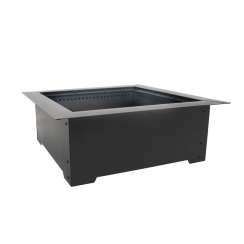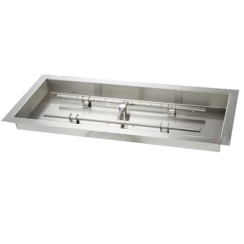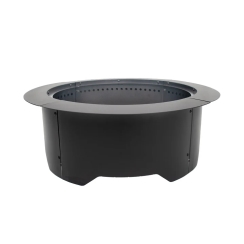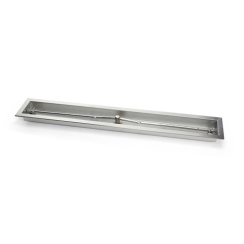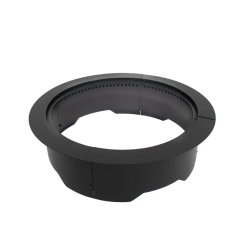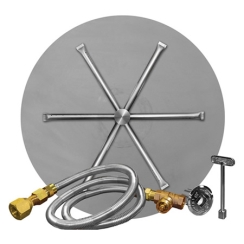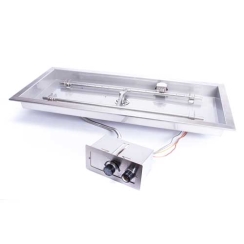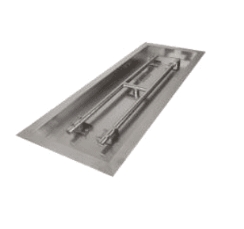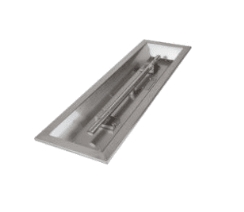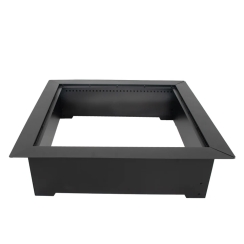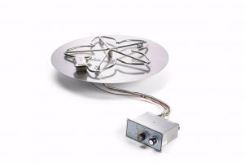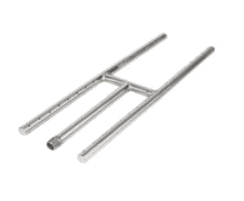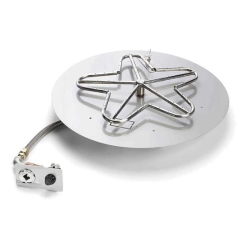Fire Pit Inserts
Displaying 1–20 of 570 items
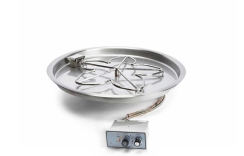
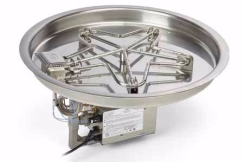
Related Articles
Have questions?
Our NFI-certified experts are here to help!Customer Q&A with Product Specialists
Thank you for reaching out!
Thank you for your interest in our products. We've received your question and will get back to you shortly — usually within the hour but always within 1 business day. To ensure you receive our response, please add our email address (info@efireplacestore.com) to your email whitelist or address book.
In the meantime, while we prepare our response, keep an eye on your inbox for an email from us. We'll be sending you our exclusive Buyer's Guide, packed with valuable information to assist you in making the best decision for your needs.
If you have any further questions or need immediate assistance, feel free to reach out to us directly at 1-800-203-1642.
Thank you again for choosing eFireplaceStore.com!
About Fire Pit Inserts
Do you want to create a custom fire oasis for your outdoor space? A fire pit insert can be an easy way to save money on a fully pre-fabricated unit but still get a fully custom fire pit. The difference between fire pit inserts and pre-built fire pits includes the costs for materials, installation, fuel, and maintenance. Want to know more? We cover everything you need to know in our Fire Pit Inserts Buyer's Guide, written by one of our own NFI-certified technicians!

